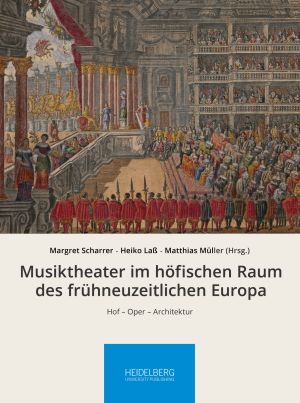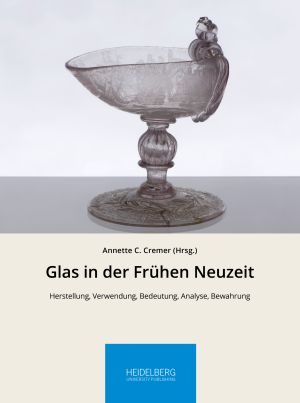Scharrer, Margret
Musiktheater im höfischen Raum des frühneuzeitlichen Europa: Hof – Oper – Architektur
The unification of the arts in the "Gesamtkunstwerk" of courtly opera has repeatedly been the subject of musicological research, but so far, for example, the specific spatial-architectural side of courtly opera has hardly been considered. Music theater means scenic performance and architecture alike. Both formed essential components of lordly representation in the 17th and 18th centuries. In the Old Kingdom, therefore, not only the aristocratic nobility arranged music-theatrical performances, but smaller courts also brought ballets and operas on stage. The interdisciplinary contributions of a conference of the Rudolstädter Arbeitskreis zur Residenzkultur deal with the topic in a European perspective and explain the diverse connections that existed between the music theater and the courtly space in the architectural, political-cultural and social sense.
Glas in der Frühen Neuzeit: Herstellung, Verwendung, Bedeutung, Analyse, Bewahrung
The production of glass was one of the high technologies of the early modern period. At a heat of around 1500 degrees, mixtures of sand, lime and vegetable, wood or potash were transformed into greenish, crystal-clear or colorful marvels in the glassworks of Europe. Its aesthetic and material properties-transparency, workability, and durability-made glass a coveted material that was still the preserve of the elite in the 16th century and did not become an affordable mass product until the second half of the 18th century.
The volume Glass in the Early Modern Period pursues an interdisciplinary approach. It takes its starting point in the conditions of glass production in early modern glassworks, the high consumption of resources, and the resulting social conflicts. The volume focuses on the various historical forms of use, glass as an object of collection, and its allegorical meaning in painting. At the same time, the volume deals with the analysis and preservation of glass objects from a scientific and conservation perspective and with the presentation of baroque glass from a museum perspective. In all of this, a close connection to the court culture of the European nobility is apparent, who acted as pioneers, patrons and, not least, buyers, users and collectors of the glass objects. In this way, many of the luxury objects have been preserved to this day.





